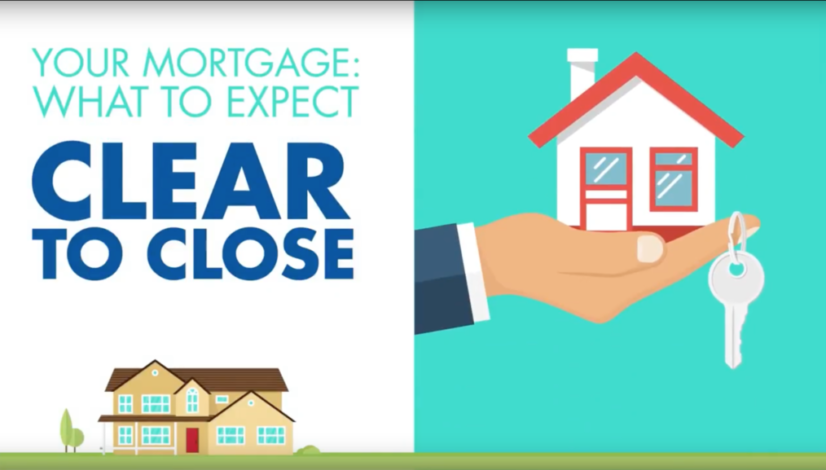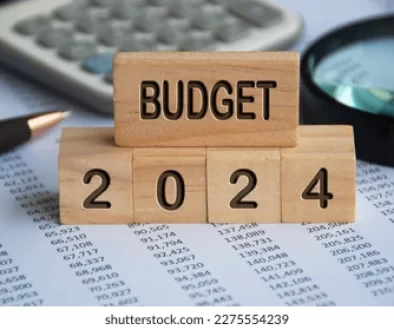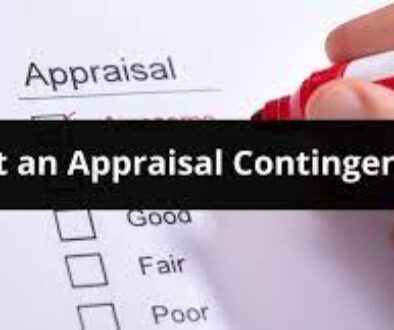Clear to Close
After working through the many stages of the mortgage application process, most home buyers are beyond relieved when their lender tells them they are clear to close – and for good reason. With underwriting, document verification and the offer out of the way, being clear to close – sometimes referred to as “CTC” – in real estate is a great sign that your lender will grant you the loan you need.
All that said, just because you’re clear to close doesn’t mean you’ve reached the finish line. You’ll need to complete a few final steps before you get the keys to the property.
What Does ‘Clear To Close’ Mean?
“Clear to close” simply means that you’ve met the requirements and conditions to close on your mortgage.At this stage, your lender has fully inspected your documents and verified that you meet the expectations of the type and amount of mortgage you’re requesting.
Once a borrower is clear to close, lenders will typically start preparing for the closing day. Your loan officer will schedule a date and time for your closing meeting and contact your title company, real estate or other parties who plan on attending. Your lender will also assemble any final documents that you’ll need to sign on your closing date.
How To Get Your Loan Cleared To Close
Reaching clear to close requires a considerable amount of work for both the lender and the borrower. Missing even one step could be the difference between a fully cleared loan and a denied application. To get your mortgage cleared for its closing day, you’ll have to complete the following steps beforehand:
- Provide documentation. Your mortgage provider will need to check a number of documents before they fully approve your application. First, your lender will want to see verification of your income and Then you’ll need to present your current debt and monthly expenses. Finally, you might need to provide your lender with written permission to access your credit score.
- Make an offer. If you’re buying a home, before you make it to closing day, the seller must accept your offer on the property. The most successful buyers know that making an offer requires a solid strategy. Many variables affect the final amount you put on the table, so consider how long the house has been on the market, the number of repairs you’ll need to make and the number of other buyers who also have their eye on the home.
- Have the home appraised and inspected. During your appraisal, a third-party licensed appraiser will determine the property’s fair market value, which assures both you and your lender that the amount you’ll pay for the home aligns with its actual worth. Home inspections,on the other hand, help buyers identify issues with a home before they purchase it.
- Get approved by underwriting. The underwriting process helps lenders approve your loan. Underwriters will not only look at the documents you’ve submitted, but they’ll also further inspect the details surrounding your income, credit history, DTI, assets, and the amount and type of loan you’ve requested.
Working through each step is part of the reason why it can take 30 – 45 days on average to move from underwriting to closing.If you want to reach CTC status as quickly as possible, make sure you prepare your documents in advance, fill out your mortgage application to completion, satisfy all of your underwriting requirements and keep an open line of communication with your lender.
What Happens After You’re Clear To Close On Your Mortgage?
Once your lender has notified you that you’re clear to close, a good majority of the mortgage process will be behind you. However, a few important stages still stand between you and homeownership.
Closing Disclosure
After you’ve cleared underwriting and conditional approvals, your loan officer will send you a Closing Disclosure. This five-page document outlines the terms and conditions of your mortgage agreement, providing a comprehensive overview of all of the costs and fees you’ll pay when you provide your signature.
Because you’re on the hook for any and all expenses mentioned, understanding your Closing Disclosure is one of the most important steps of the home buying process. Make sure you’re not signing a document that contains errors or clauses that will work against your repayment plan.
Final Walk-through
Even if you buy the house as is, a final walk-through after you receive the Closing Disclosure is your chance to ensure the property is in the condition you and the seller have agreed upon. Walk-throughs aren’t technically a required step after you’re clear to close, but skipping out on a final inspection could be a costly mistake.
In most cases, the home should be ready to go by the time you conduct the last walk-through. But if anything is wrong with the house, this is your last chance to catch these problems before they become your responsibility.
Closing Day
With everything else in order, you’ll finally reach the long-anticipated closing day. Your closing meeting is when the home title officially transfers and you become the new legal owner of the property.
Your closing day is all about tying up any loose ends and sealing the deal. This includes signing all paperwork, updating the deed and paying your down payment and closing costs.
Can A Lender Still Deny Your Loan After The Closing Disclosure?
Clear-to-close buyers aren’t usually denied after their loan is approved and they’ve signed the Closing Disclosure. But there are circumstances when a lender may decline an applicant at this stage.
These rejections are usually caused by drastic changes to your financial situation. Leaving your job, applying for a new large credit line or taking out another loan can all be red flags for your mortgage lender. If it’s possible, you should avoid making any drastic changes until the house is yours.
How Long Does It Take To Close After You’ve Been Cleared?
Most buyers won’t have to wait very long to meet at the closing table once they’re clear to close. With that in mind, you should expect at least a 3-day buffer between the time you receive your Closing Disclosure and the day you close.
You should also be aware that your closing timeline may take longer if you encounter any roadblocks between the time you’re clear to close and the closing itself. For example, if you notice significant issues with the home during your final walkthrough, you might need to postpone your closing meeting to give the seller enough time to make these repairs.
Clear To Close FAQs
Now we’ll answer some of the most frequently asked questions regarding clear to close.
Is clear to close the same as closing?
Clear to close means you’re ready for the closing process, while closing refers to the act of closing on your mortgage loan. After you’ve been cleared to close you’ll need to sign your closing disclosure, do a final walkthrough and attend your closing.
Is it better to close at the end of the month?
If you schedule your closing at the end of the month, you’ll pay less in mortgage interest for the month in which you’re closing. This could translate into hundreds – or even thousands – of dollars in lower closing costs. Depending on your financial situation, however, it could make more sense for you to close at the beginning of the month. Read more about the best time to close to get help determining your ideal closing date.
What’s the difference between a mortgage commitment letter vs. clear to close?
While a mortgage commitment letter is an assurance from a lender that they’ll loan money to you, receiving the letter only means you’ve completed the underwriting process for the loan you’ve requested. You – or the property – may still need to meet certain final conditions before your mortgage lender fully approves your loan and you become clear to close.
What are the underwriting guidelines to becoming clear to close?
In your mortgage commitment letter, your lender will go over the underwriting conditions you’ll need to meet to become clear to close. To determine that you’ve met these conditions, your lender may typically request:
- Current bank statements, tax returns, paycheck stubs and other verifications of your income and assets
- A copy of the signed purchase agreement.
- Proof that you haven’t taken on additional debt (for example, providing details or information about large deposits to your accounts)
- Documented explanation of any unusual financial circumstances
- A gift letter documenting funds gifted from friends or family




